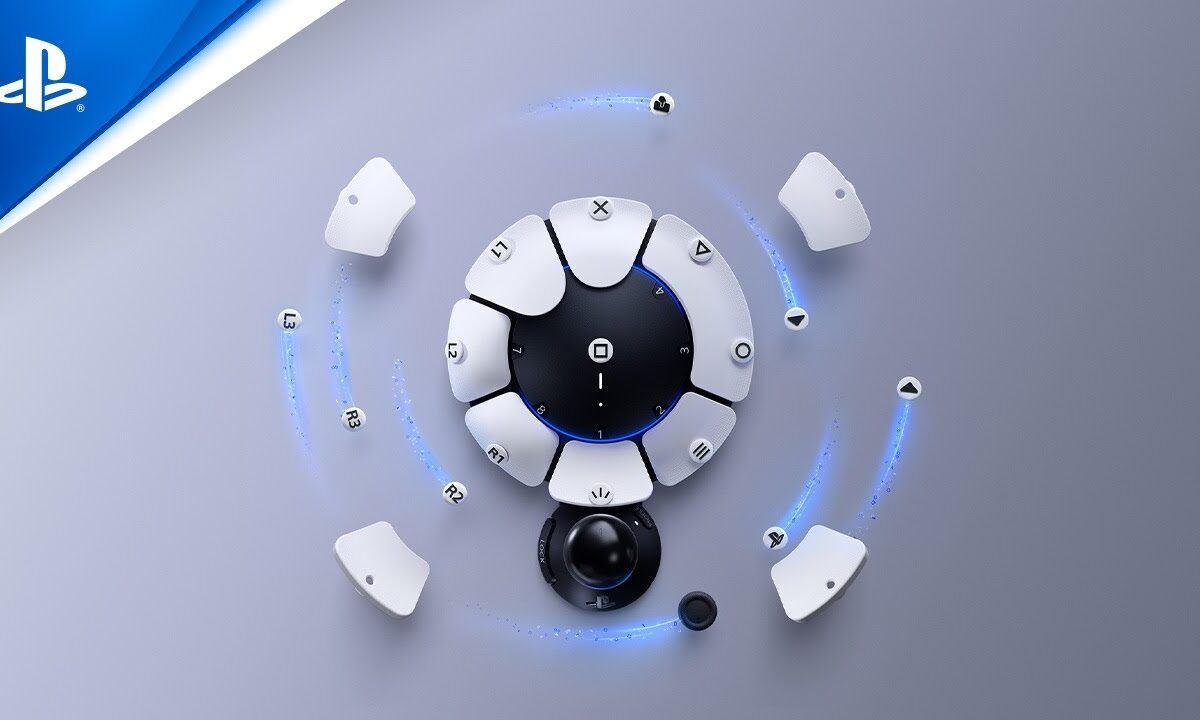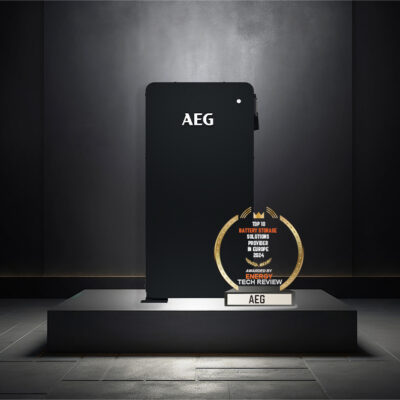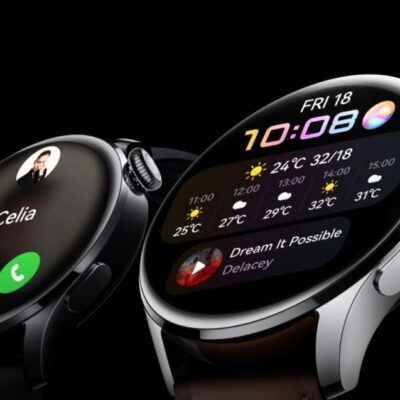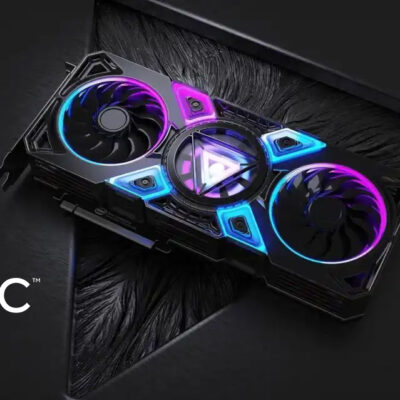To be honest, my initial reaction to Sony’s announcement of the accessibility controller “Project Leonardo” at CES in January 2023 was one of underwhelm. At first glance, it seemed too small for disabled gamers like myself, leaving me puzzled about how one would reach the button “sundial.” I was skeptical, anticipating another well-intentioned but ultimately unsuccessful attempt at inclusion. However, my perspective shifted after I had the chance to try out the review unit Sony sent me.
Renamed the Access Controller, this innovative device is set to hit the market on December 6 with a retail price of $89.99. (Though, I must say, “Leonardo,” in homage to Da Vinci, would have been a much cooler name than the clinical “Access Controller.”) Sony collaborated with nonprofits like AbleGamers, SpecialEffect, Stack-Up, and other disability experts to develop this controller. Unfortunately, it is exclusive to the PlayStation 5 and lacks compatibility with PS Remote Play, missing out on the potential for PC gaming or everyday computing tasks.
The Access Controller comes equipped with 23 rounded, curved, and flat button caps, two thumbstick caps, and a joystick nob. While I would have preferred screw-in or more firm thumbsticks/joysticks for intense gaming moments, the magnetic button caps, easily released by a press latch, posed no challenges for me, despite my quadriplegic condition with stiff fingers on one hand and ataxia in the other.
Notably, there’s no need to purchase additional buttons or foot pedals with 3.5-millimeter jacks. It’s worth emphasizing the convenience of being able to use Sony’s button caps and joysticks without extra charges, setting it apart from competitors like the Xbox Adaptive Controller or custom controllers. For those requiring additional peripherals, Logitech offers a kit with wired buttons for $79.99, available in January.
The Access Controller allows users to create up to 30 button configurations on their system, assign names for specific games, and allocate three configurations to the controller. Unboxing the controller and peripherals with one hand was a breeze, thanks to handy loops for easy access.
One design aspect Sony aimed for with the Access Controller was having all buttons on a single plane, unlike the DualSense controller. While it achieves this goal, the placement of label holes at the bottom of the buttons makes it challenging to identify the designated button. Shifting these holes closer to the top would enhance visibility, regardless of the controller’s orientation.
Concerns about the Access Controller’s stability were dispelled during hands-on experience; it’s perfectly sized for comfortable two-handed use, with an adjustable joystick for personalized width. However, Sony designed it to be placed on a flat surface, equipping it with rubber feet (though a Dycem sheet is recommended for additional grip). For more stability, it can be mounted on various surfaces, including wheelchairs.
In comparison to its sole competitor, the Xbox Adaptive Controller, the Access Controller has only four 3.5-millimeter jacks for additional buttons, whereas the Adaptive Controller boasts 19. This might be a drawback for some, but future innovations like PlayStation Link may introduce wireless peripherals via Wi-Fi or Bluetooth.

Connectivity extends with the possibility of linking two Access Controllers for “Collaborative Use,” akin to Xbox’s Copilot feature. This allows two controllers to function as a single unit, offering a diverse setup with two giant buttons, eight 3.5-millimeter jacks, 16 programmable buttons, and two joysticks. Alternatively, connecting the Access Controller with the DualSense controller from the PS5 provides a more affordable option, offering a joystick and extra customizable buttons.
During my usage, I found the Access Controller effective for both one- and two-handed play. However, for games requiring intricate button combinations, pairing two controllers proved essential. Integration with the DualSense was seamless, enhancing efficiency, and if peripherals aren’t critical to your setup, the Access Controller stands as an excellent out-of-the-box solution.
While it may seem unconventional, the absence of a touchpad and a “sip ‘n’ puff” function is notable. Given that the DualSense already features a touchpad, incorporating this into the Access Controller or utilizing the PlayStation app for touchpad functionality could enhance user experience. Additionally, the inclusion of a microphone for audio feedback could benefit blind and hard-of-hearing gamers.
The absence of haptic feedback, a feature present in the DualSense, is understandable, considering not all disabled gamers may find it useful. However, offering the option could have been a welcome addition. The Access Controller’s design seems spacious enough to accommodate a haptic motor.
On the software side, the Access Controller introduces several exciting features. Mapping two button presses to a single input allows for streamlined gameplay, especially for combo attacks. The ability to toggle buttons on and off for a long press is another helpful addition, addressing scenarios where extended button presses are required.
One software issue to note is the limitation on orienting the joystick in only four cardinal directions during setup. A firmware update could potentially resolve this, allowing for diagonal orientation. From an accessibility standpoint, it would be beneficial for Sony to dedicate a tab in the PlayStation app specifically for the Access Controller, offering options for voice commands, eye tracking, and head tracking.
In comparing the Access Controller to the Xbox Adaptive Controller, it’s evident that both Sony and Microsoft are taking strides toward inclusive hardware. Despite some critiques, the progress made in the last five years in gaming accessibility is commendable, reflecting the commitment of engineers and developers.
Looking ahead, the Access Controller’s adaptability may prove to be its most significant asset. As diseases and injuries evolve over time, the ability to adjust the joystick and buttons offers a solution for gamers facing physical changes. With foundational inclusive hardware in place, Sony has the opportunity to iterate and improve the Access Controller through software updates, potentially revolutionizing the gaming experience.
Video games have the power to transport individuals to fantastical worlds and provide unique experiences. It’s regrettable to deny anyone access to this artistic medium. Personally, the Access Controller’s ingenuity has overcome my dexterity issues, rekindling my interest in gaming. Now, the only challenge is finding the time to play.









